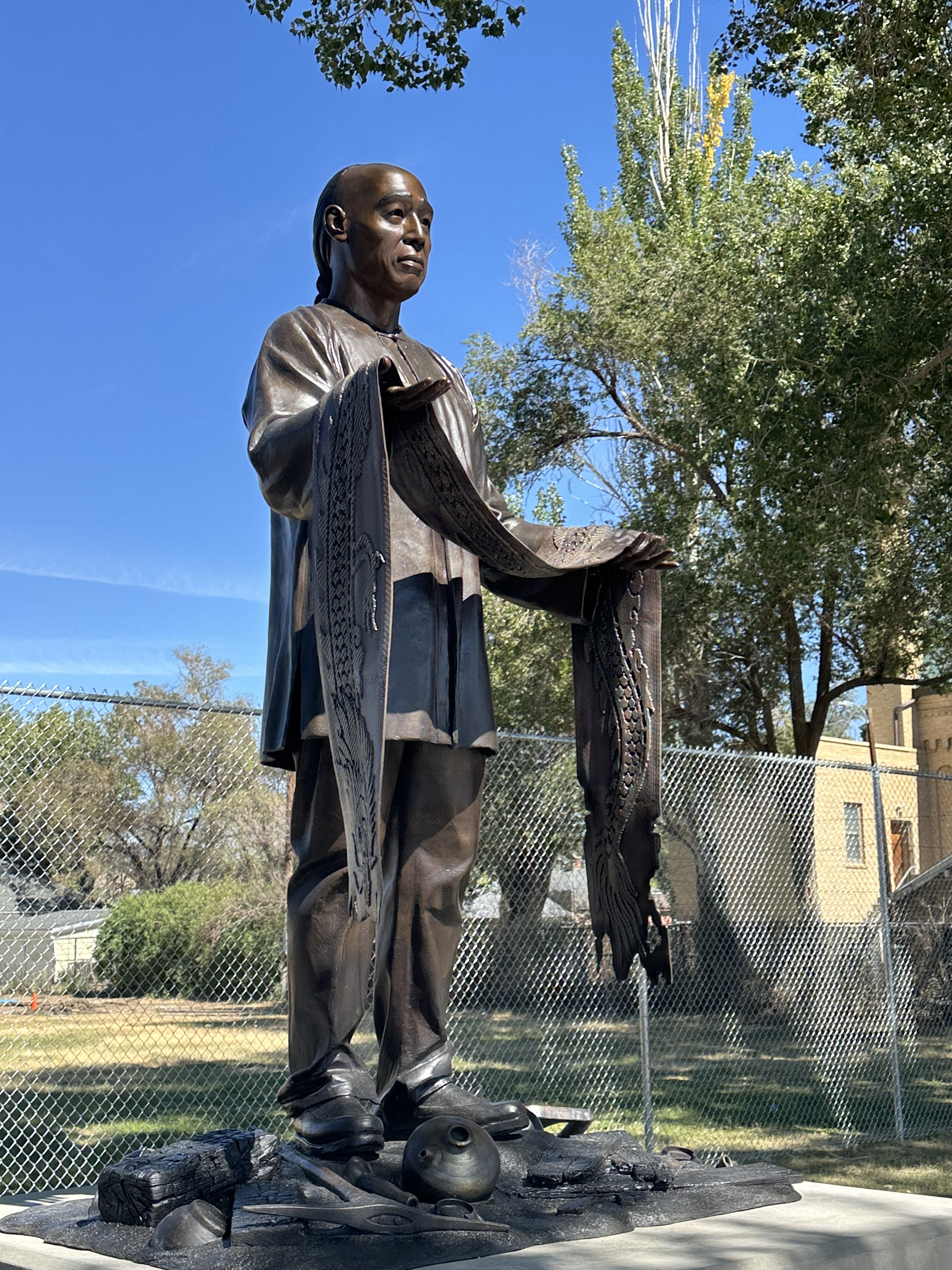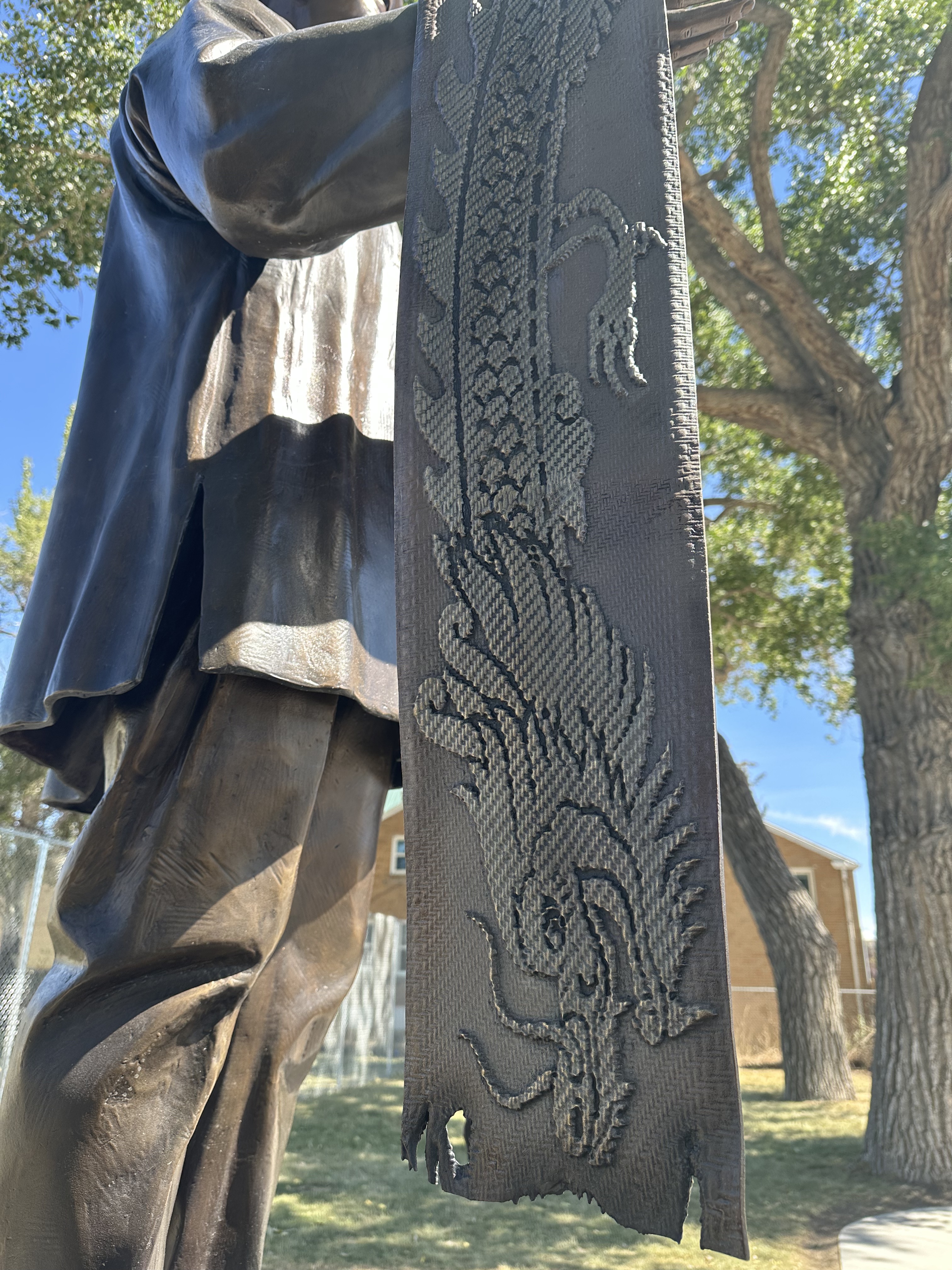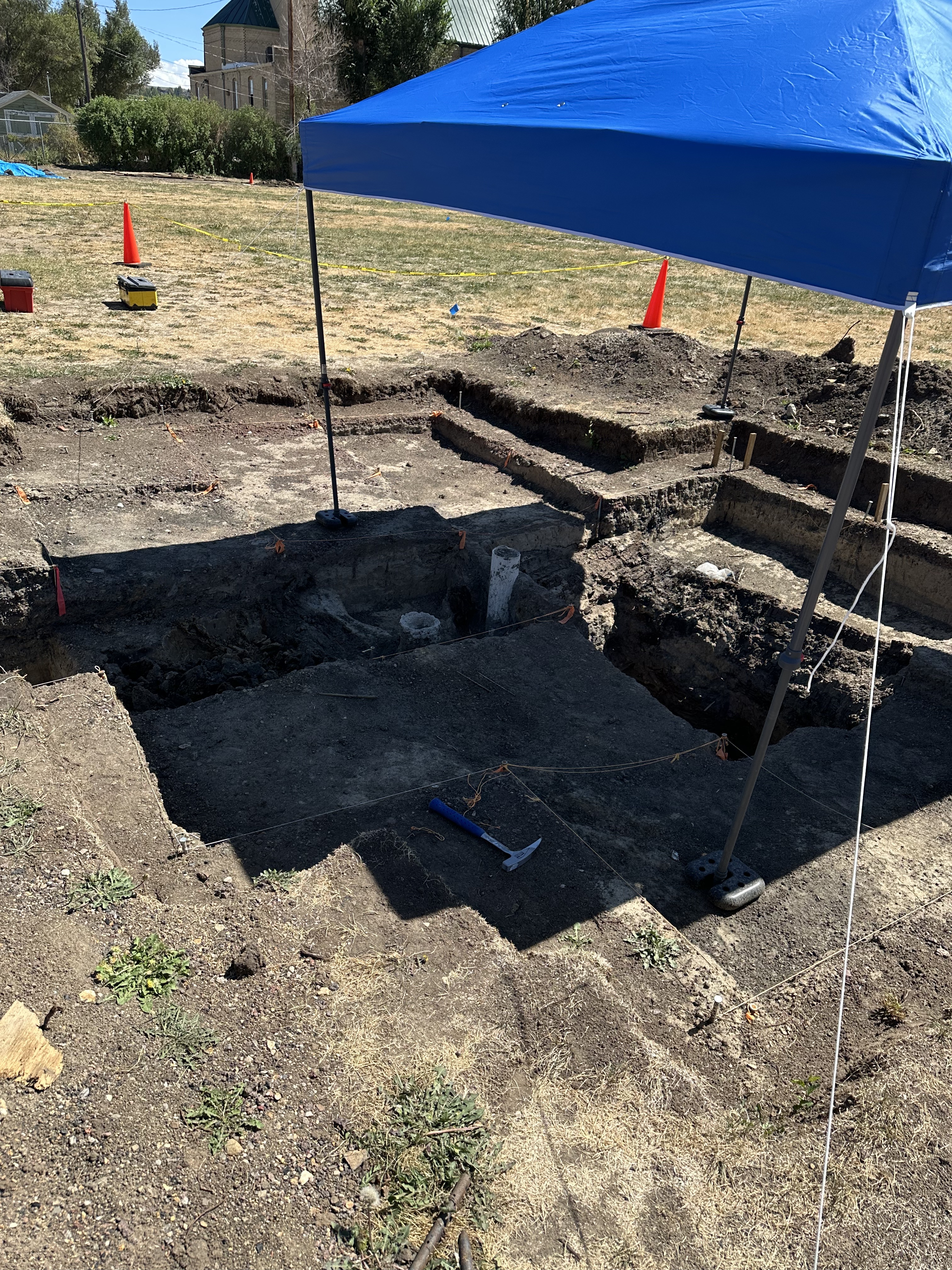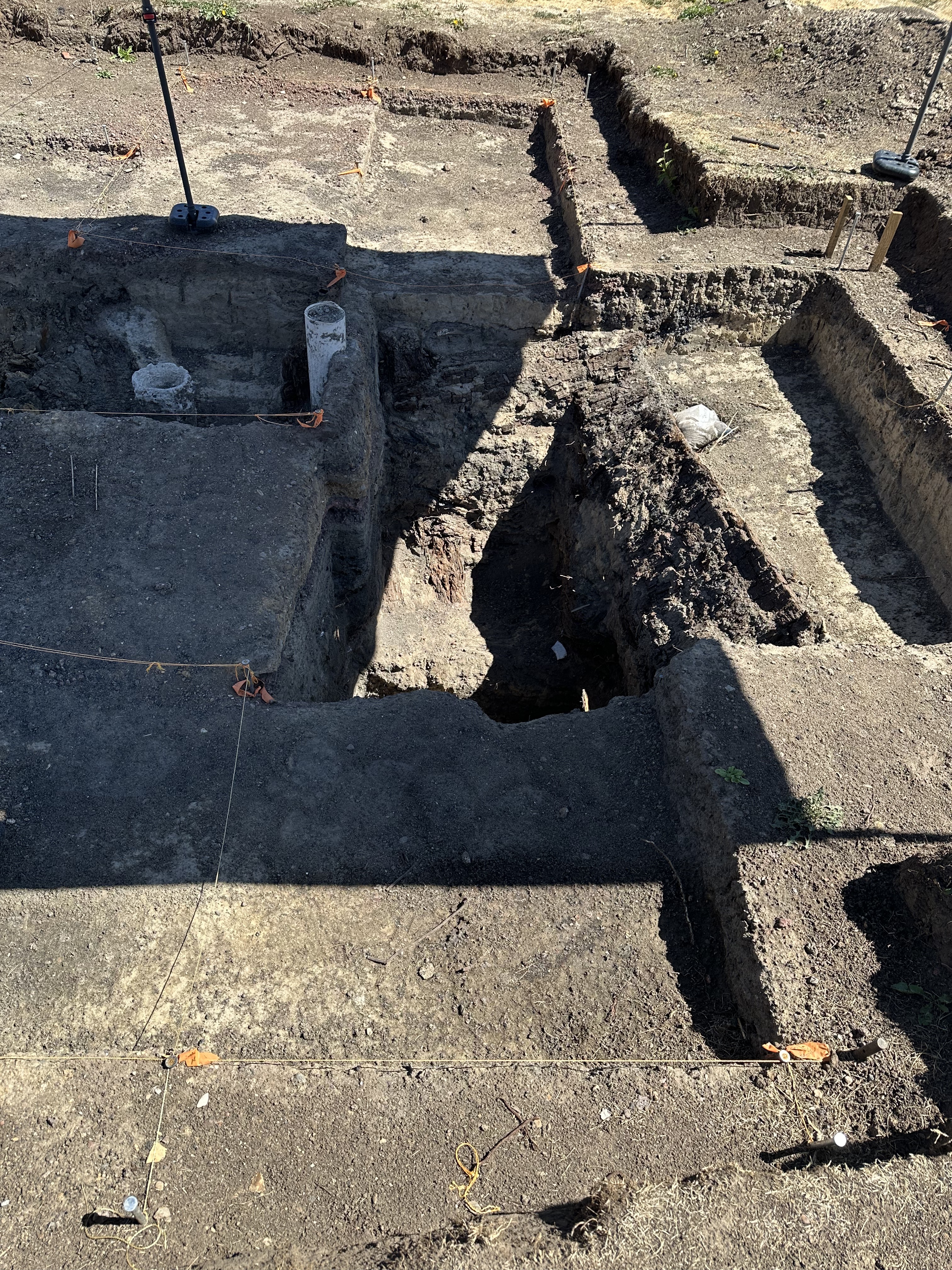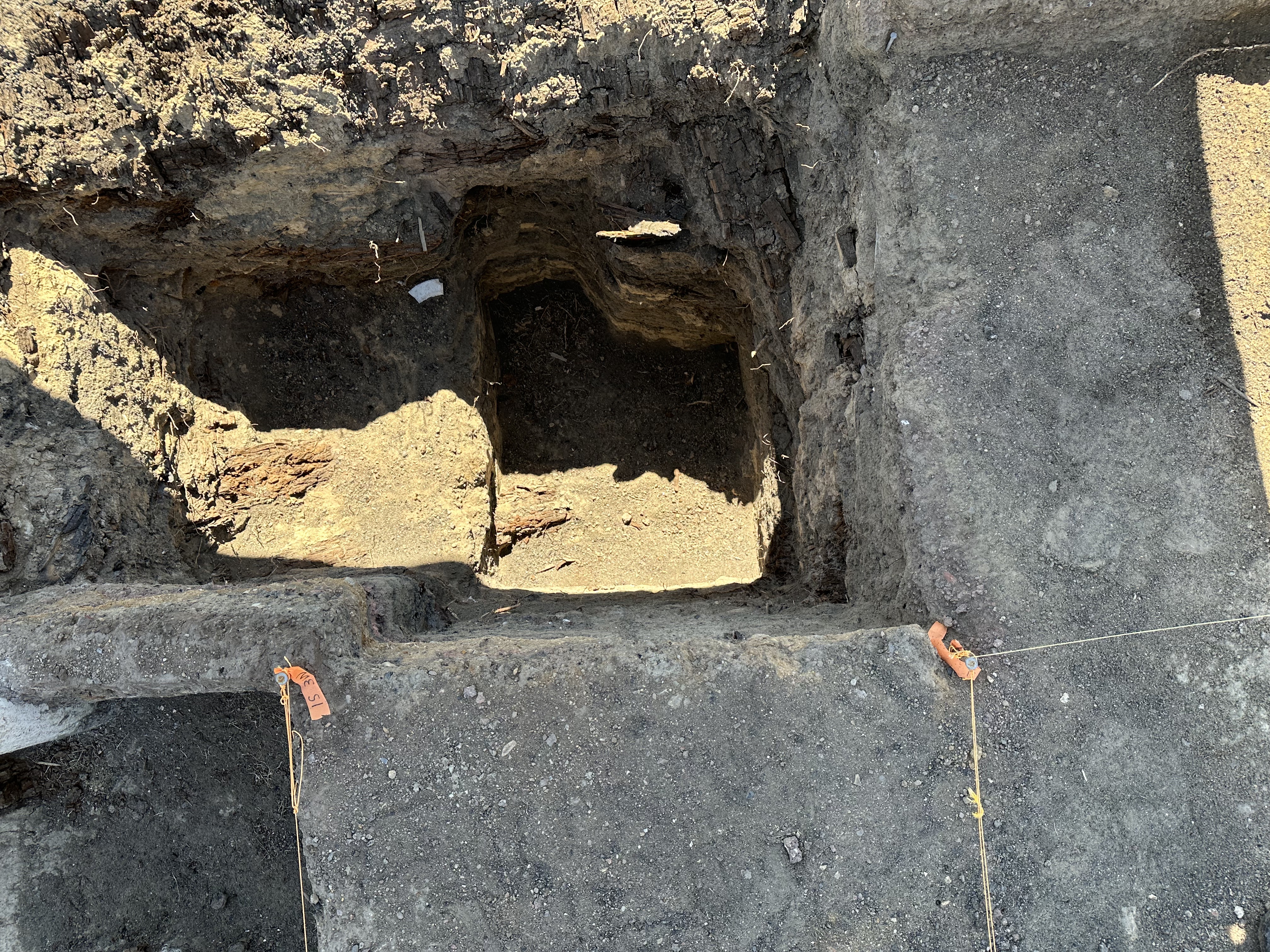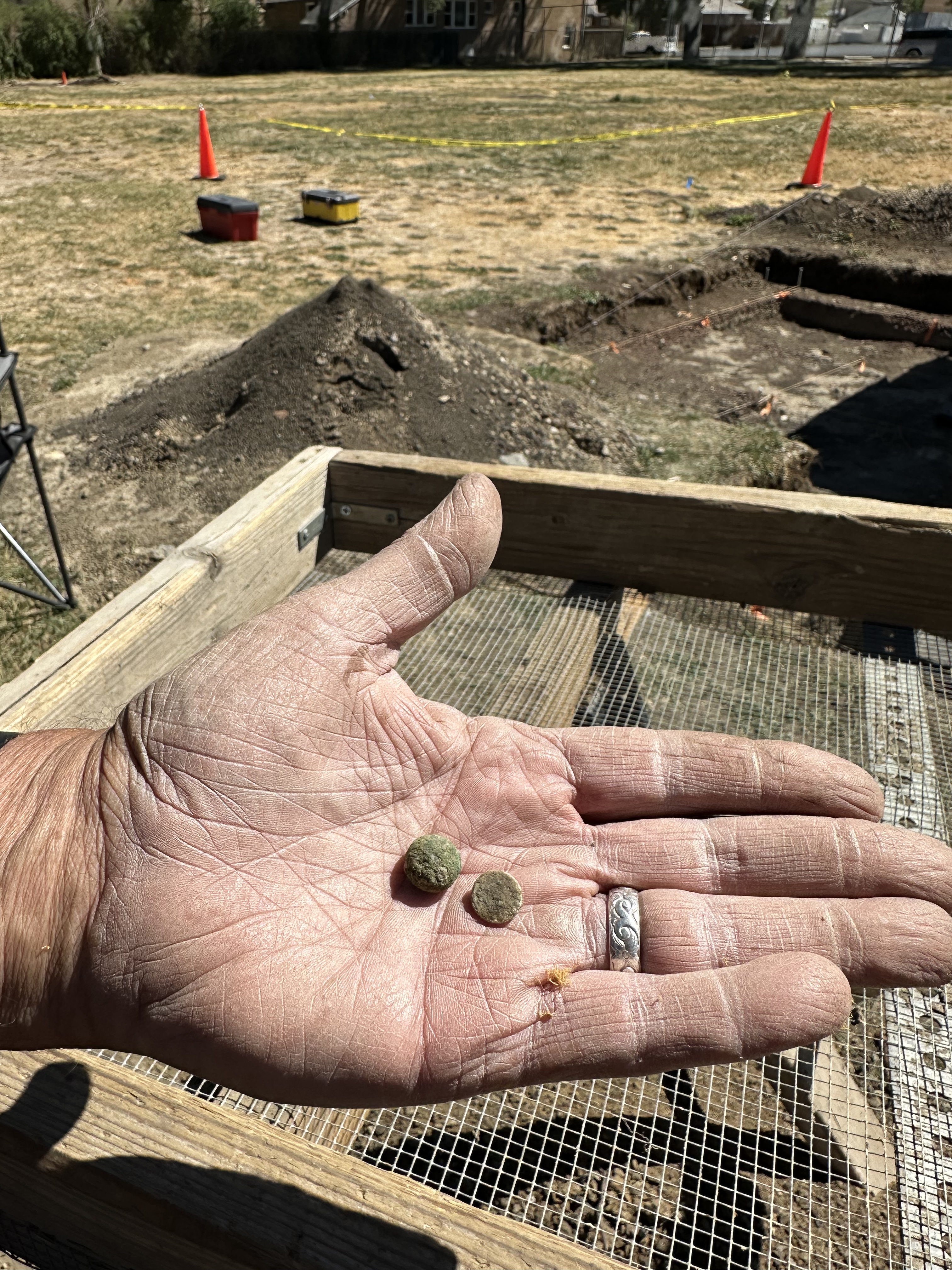Unearthing History: The Story Behind Rock Springs’ Lost Chinatown
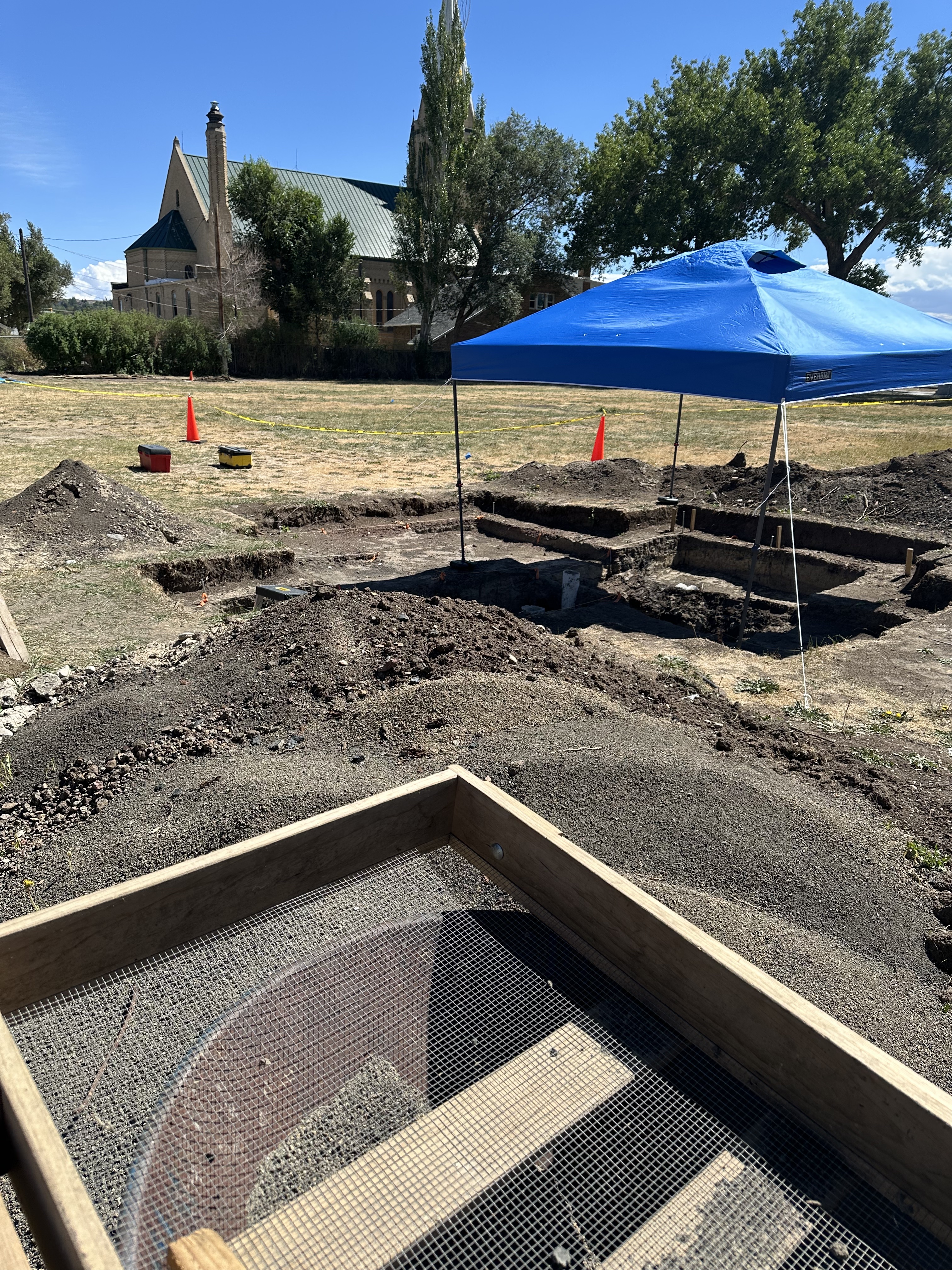
Rock Springs, Wyoming, known as the “Home of the 56 Nationalities” commemorated a significant moment in its history on September 1, 2025. Nearly 200 people gathered to mark the 140th anniversary of the 1885 Chinese Massacre. The event included the unveiling of a seven-foot statue titled Requiem, created to acknowledge and remember the events of September 2, 1885, when violence broke out between white and Chinese miners in the city.
In the late 19th century, the Union Pacific Railroad (UP) employed a large and diverse workforce across its rail and coal mining operations, including in Rock Springs. To limit the impact of labor strikes, UP hired both immigrant and migrant laborers. It is important to note the difference between immigrant and migrant workers. Immigrants, such as many of the European workers, often moved to the United States with their families and intended to stay permanently. Migrant workers, like most of the Chinese workers, typically came alone, with the goal of eventually returning home to China. This difference in long-term goals, combined with language barriers, cultural differences, and physical separation — white miners lived downtown while Chinese workers lived in a neighborhood dubbed “Chinatown” — contributed to increasing tensions.
On the morning of September 2, a confrontation occurred in one of the mines, resulting in the death of a Chinese miner and serious injury to another. Though the situation was broken up by a foreman, a group of white miners returned home, gathered weapons, and headed to Chinatown, with a mob forming. It was a holiday in Chinese culture, and many families were at home celebrating, unaware of what was coming. The mob, estimated to be between 100 to 150 people, surrounded Chinatown to block any escape, while others moved toward the mines. That day, 28 Chinese workers were killed, 15 were wounded, and all 79 homes and buildings in Chinatown were looted and burned.
Several days later, UP brought 600 Chinese workers back to Rock Springs, many of whom had fled the massacre. The company tricked these miners and told them they'd be transported to San Francisco, but that night, the train car doors opened to Rock Springs. UP quickly bulldozed the ruins of the original Chinatown and brought in new housing for the site.
In the aftermath, Chinese diplomats in New York and San Francisco documented the damage, estimating the financial loss at nearly $150,000, equivalent to nearly $5 million today, in 2025. Though 16 white miners were arrested, no charges were ever filed due to a lack of witness testimony, despite the violence having occurred in daylight and in the open.
Today, efforts to recognize and preserve this history are ongoing. Dr. Dudley Gardner, Professor Emeritus at Western Wyoming Community College, has led archaeological research at part of the original Chinatown site in hopes of having it listed on the National Register of Historic Places. With no remaining buildings, archaeological evidence must be used to demonstrate the site’s historical significance. Key discoveries include charred wood, outlining building boundaries, hearths that show what was cooked, and artifacts such as game pieces, charcoal, tin and copper containers, and dried corn once used to feed pigs. A particularly notable discovery are fish bones native to the Caribbean, California, Japan, and China. This discovery demonstrates a robust international import system used to access familiar foods by Chinese workers, with UP acting as the delivery mechanism.
In addition to shedding light on the community’s daily life, these findings challenge the assumption that nothing remains of Rock Springs’ original Chinatown. Dr. Gardner continues to work toward official recognition of the site, which lies roughly within today’s boundaries of Elk Street to M Street, and Bridger Avenue to Railroad Avenue. Although no one was buried at the site, these artifacts help reconstruct the story of the people who once lived and worked there.
The 140th anniversary commemoration, the statue Requiem, and the continued archaeological work all contribute to an evolving understanding of Rock Springs’ past. Through historical research and public memory, the legacy of Rock Springs’ Chinese workers continues to be acknowledged and honored.
Want to learn more? Dr. Gardner will be speaking on campus Wednesday, September 24, 2025, in room 1302 from 6-8pm. The talk will provide a general history of the Chinese in Southwest Wyoming, a brief overview of the Chinese Massacre, and the new Chinatown that existed from 1885 to roughly 1925.
You can also learn more here:
Requiem - Left of the Saints Cyril & Methodius Catholic Church
633 Bridger Ave, Rock Springs, WY 82901
Rock Springs Historical Museum
Articles by Dr. A. Dudley Gardner can be accessed through the University of New Mexico library.

